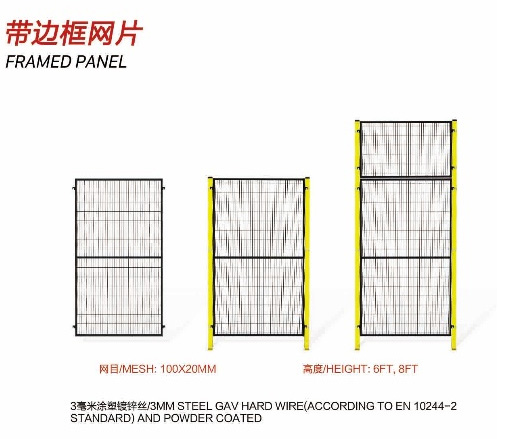Exploring the Benefits and Uses of Felt Cap Nails in Home and Construction Projects
Aug . 14, 2024 10:21
The Versatility and Importance of Felt Cap Nails
Felt cap nails are a unique and versatile fastener that plays a significant role in various construction and DIY projects. Differentiating themselves from standard nails, felt cap nails are designed with larger, flat heads that feature a felt-like material or coating, making them ideal for securing roof felt, insulation materials, and even tiles. This article will delve into the various applications, benefits, and installation of felt cap nails.
Applications of Felt Cap Nails
Felt cap nails are predominantly used in roofing applications. When installing roofing felt, these nails provide a secure fastening solution that keeps the material in place against weather elements and ensures that it lays flat against the substrate. The large, flat heads help distribute the pressure over a broader area, reducing the chances of tearing and allowing for a smoother finish.
In addition to roofing, felt cap nails can be used in other applications, such as attaching insulation materials in walls or ceilings. The felt coating on the nails adds an extra layer of protection, preventing moisture from seeping in, which can be crucial in maintaining the integrity of the insulation. Furthermore, these nails are also popular in the installation of house wrap, where they secure the material without damaging its protective qualities.
Benefits of Using Felt Cap Nails
One of the primary advantages of felt cap nails is their ability to prevent water penetration. The larger head and felt covering act as a barrier, ensuring that the nail itself does not create entry points for moisture. This characteristic is essential in areas that experience heavy rainfall or snow.
Another benefit is their ease of installation. Felt cap nails can be driven into various materials without the need for specialized tools, making them accessible for various skill levels, from professional contractors to DIY enthusiasts. Their design helps in maintaining the integrity of the materials they fasten, thus ensuring long-lasting results.
felt cap nails

Furthermore, felt cap nails are available in various sizes and materials, giving users flexibility depending on project requirements. Whether you need short nails for thin roofing felt or longer ones for additional penetration, there is a felt cap nail suitable for the task.
Installation Tips for Felt Cap Nails
While installing felt cap nails may seem straightforward, a few tips can help ensure optimal results. First, always ensure that you are using the correct length of the nail for your specific application. The nail should penetrate enough to hold the material securely without compromising the underlying structure.
Second, consider the spacing of the nails. For roofing applications, it is generally recommended to space nails every 12 to 18 inches apart for optimal security. This spacing not only provides stability but also enables effective water drainage should any moisture buildup occur beneath the roofing material.
Lastly, when driving in felt cap nails, do so at a consistent angle. A slight angle can aid in better grip, preventing them from popping out over time. This technique ensures a more uniform finish and can lead to a more aesthetically pleasing end result.
Conclusion
Felt cap nails are an unassuming yet vital component in construction and home improvement. Their versatility in applications, coupled with their benefits in water resistance and ease of use, make them an excellent choice for various projects. Proper installation techniques can further enhance their effectiveness, ensuring that your structures remain sturdy and protected from the elements. Whether you're a professional contractor or a weekend warrior, incorporating felt cap nails into your toolkit will undoubtedly lead to better results in your construction endeavors.




















